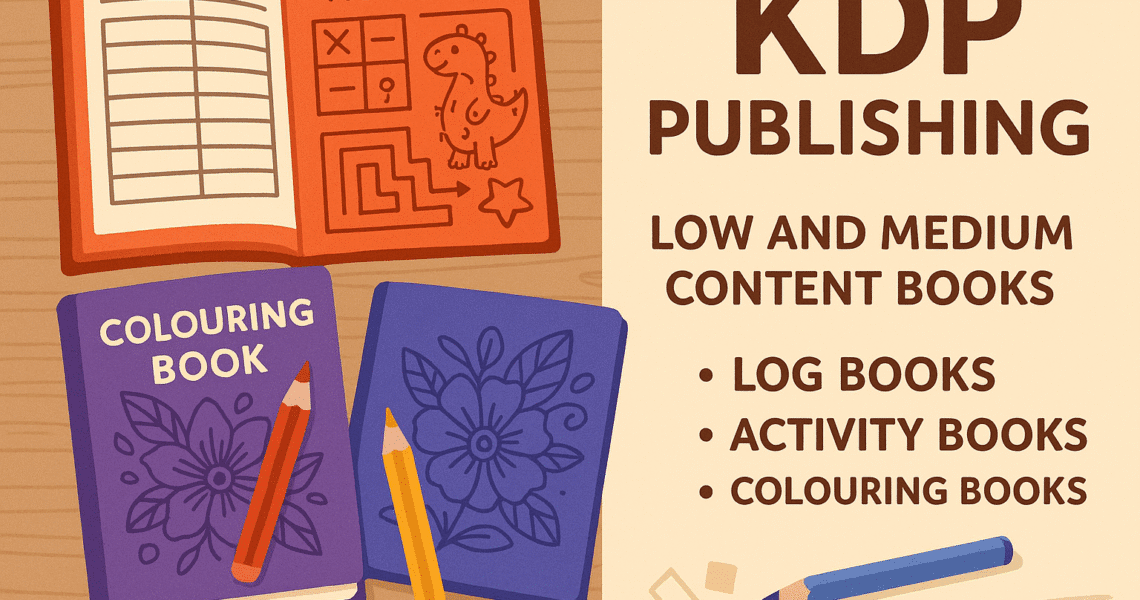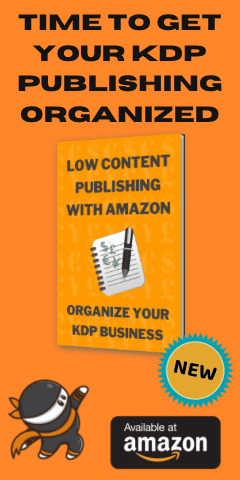Creating Fun Journals and Medium Content Books for Self-Publishing Success
Understanding Your Niche Market
Before embarking on the journey of creating journals and medium content books for self-publishing, it is essential to grasp the concept of your target market. Understanding your niche market lays the foundation for your project’s success, as it enables you to tailor your content to the specific needs and preferences of your audience. The first step in this process is conducting thorough research into the demographics of your potential customers. This includes gathering data on age, gender, education level, and interests.
In addition to demographics, it is crucial to analyse consumer interests and current trends within the realm of journals and medium content books. One effective method is to explore popular categories in self-publishing platforms like Amazon or Goodreads. Observing customer reviews and ratings can provide valuable insights into what attracts readers to certain types of content. Furthermore, engaging with your audience through social media channels can reveal their preferences and expectations, offering a more dynamic view of emerging trends. Platforms like Facebook, Instagram, and Pinterest can reveal which themes resonate most with users.
Selecting a specific theme or topic that aligns with your audience’s interests will enhance your chances of creating successful medium content books. A narrowed focus not only strengthens your marketing strategy but also establishes your authority in that niche. Once you’ve identified potential themes, validating these ideas is crucial. Surveys, polls, and interactions in online communities can serve as practical tools for gauging interest in your proposed concepts. These methods provide a deeper understanding of what your audience seeks in journals and medium content books, paving the way for a well-received self-publishing initiative. A focused approach, rooted in market research, will ultimately guide your creative efforts and improve your chances of achieving self-publishing success.
Designing Engaging Content
Creating engaging content for your medium content books or journals is crucial for attracting readers and ensuring their continued interest. The first step in this process is brainstorming prompts and topics that resonate with your target audience. Identifying themes that align with their interests or current trends can serve as a solid foundation for content development. Utilise mind mapping techniques or collaborative brainstorming sessions to generate diverse and innovative ideas.
Once you’ve established potential prompts, consider how to structure the layout of your medium content book. A clean and organised format is essential for enhancing readability and usability. Employ headers, bullet points, and spacing to create a transparent and seamless flow that guides the reader through the content. You may also want to incorporate interactive elements, such as checklists, fill-in-the-blank sections, or reflective questions, which can enhance the reader’s experience and encourage engagement.
When it comes to design software options, tools such as Affinity, Adobe InDesign and Canva offer user-friendly interfaces that cater to both novice and experienced designers. These platforms provide templates and graphics that can save time and enhance the visual appeal of your project. Pay special attention to colours, fonts, and images, as these elements significantly impact the reader’s first impression of your medium content book or journal.
Incorporating a cohesive artistic direction not only adds aesthetic value but also makes content more engaging. Balance is essential—design should enhance functionality without overshadowing the content itself. The ultimate goal is to create a product that is not only visually appealing but also serves its intended purpose effectively. Ensuring that your readers can navigate through the content efficiently and enjoy their experience will be key to your self-publishing success.
Publishing on KDP and Other Platforms
Publishing your journals and medium content books is an essential step in realising your self-publishing aspirations. The process is straightforward, especially on platforms such as Kindle Direct Publishing (KDP), which offers user-friendly interfaces for authors. To get started, you first need to create an account on KDP. This entails providing essential information, including your name, email address, and payment details for royalty collection.
Once your account is set up, the next step involves formatting your manuscript appropriately. KDP accepts various file types, but it is advisable to use PDF for both print and eBook versions to maintain formatting integrity. Your medium content books must be designed for ease of reading, with a focus on layout, font size, and page breaks. You may also want to use templates that KDP provides, ensuring your journal not only meets industry standards but also attracts potential readers.
When pricing your journals, it is crucial to determine a competitive yet profitable price point. KDP offers a royalty option of 35% or 70%, depending on your price and the distribution rights you choose. In addition, consider offering your medium content books in both print and digital formats to maximise reach and potential sales. This strategy allows you to cater to a broader audience, as readers often have different preferences.
Another pivotal aspect of self-publishing is selecting keywords and categories that enhance the visibility of your journal in search results. Conduct thorough keyword research to identify terms that potential buyers are likely to use. Opting for specific categories can also help improve the discoverability of your medium content books. This step is vital, as better visibility often equates to increased sales.
Marketing Your Self-Published Journals
After successfully publishing your journals or medium content books, the next crucial step is implementing an effective marketing strategy to drive sales and reach your target audience. One of the most efficient ways to market your self-published work is through building a strong online presence, particularly on social media platforms. Utilising platforms such as Instagram, Facebook, and Pinterest can help you visually showcase your journals, enabling potential customers to interact directly with your content. Furthermore, engaging with your audience through regular posts, stories, and interactions enhances the visibility and appeal of your medium content books.
Email marketing is another vital tool that can support your marketing efforts. By creating a mailing list of interested readers, you can share updates, special promotions, and exclusive content related to your journals. This direct line of communication enables you to cultivate a community around your books, providing value through newsletters and expert tips about journaling and self-publishing.
Additionally, content marketing techniques such as blogging or producing video content can substantially elevate your marketing strategy. Writing blog posts about the themes in your self-published journals, sharing journaling techniques, or offering tips for aspiring self-publishers can establish you as an authority in your niche. Video content, such as tutorials or demonstrations, further engages potential readers and provides insight into what makes your medium’s content unique.
Engaging with your audience is integral to the success of your marketing campaigns. Collecting feedback from readers not only fosters community engagement but also helps you adapt your strategies based on market response. Lastly, consider collaborating with influencers who resonate with your target demographic, and explore the potential of paid advertising to maximise the reach of your promotional efforts. These strategies can significantly enhance the visibility and sales of your self-published journals.

